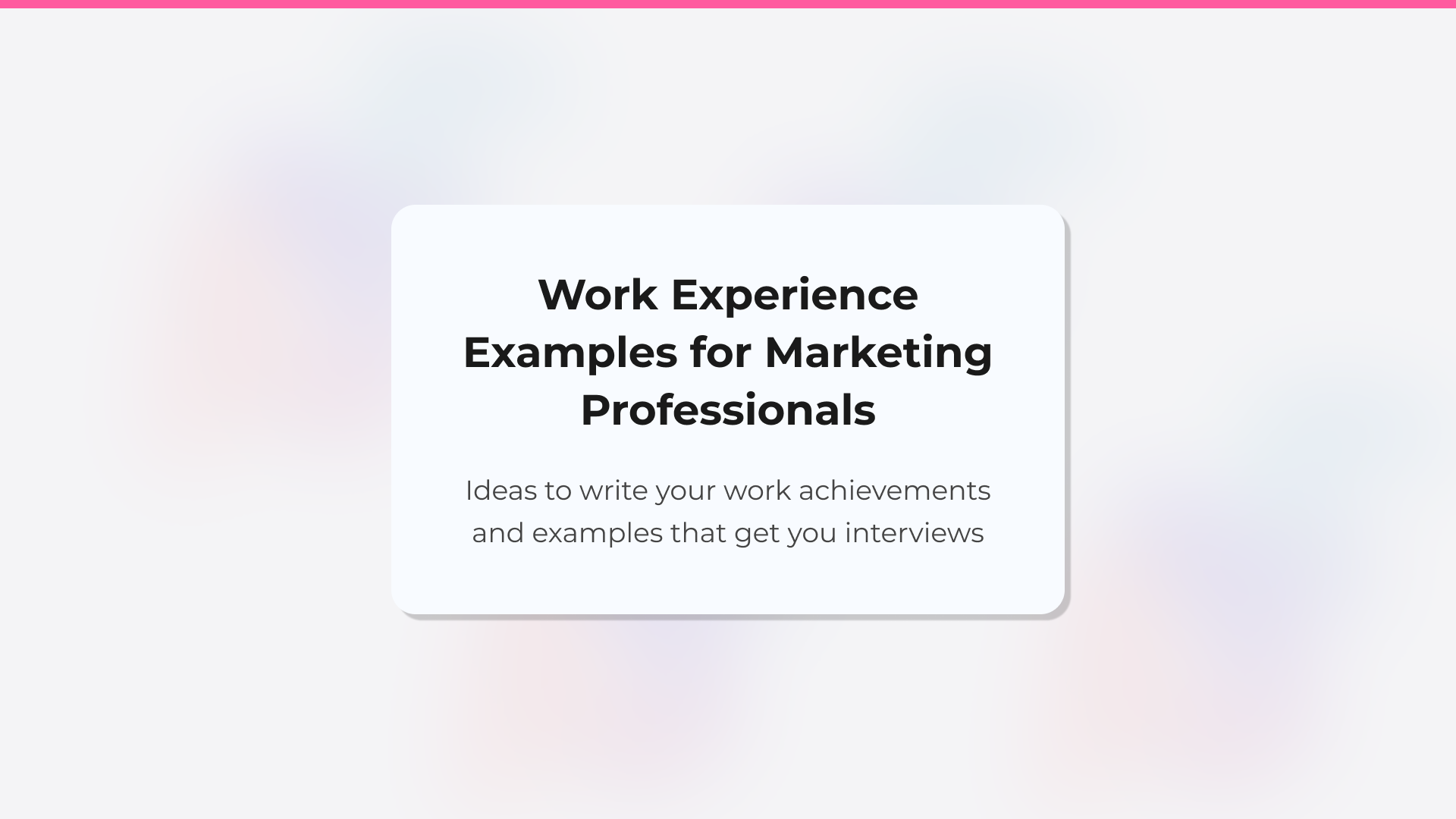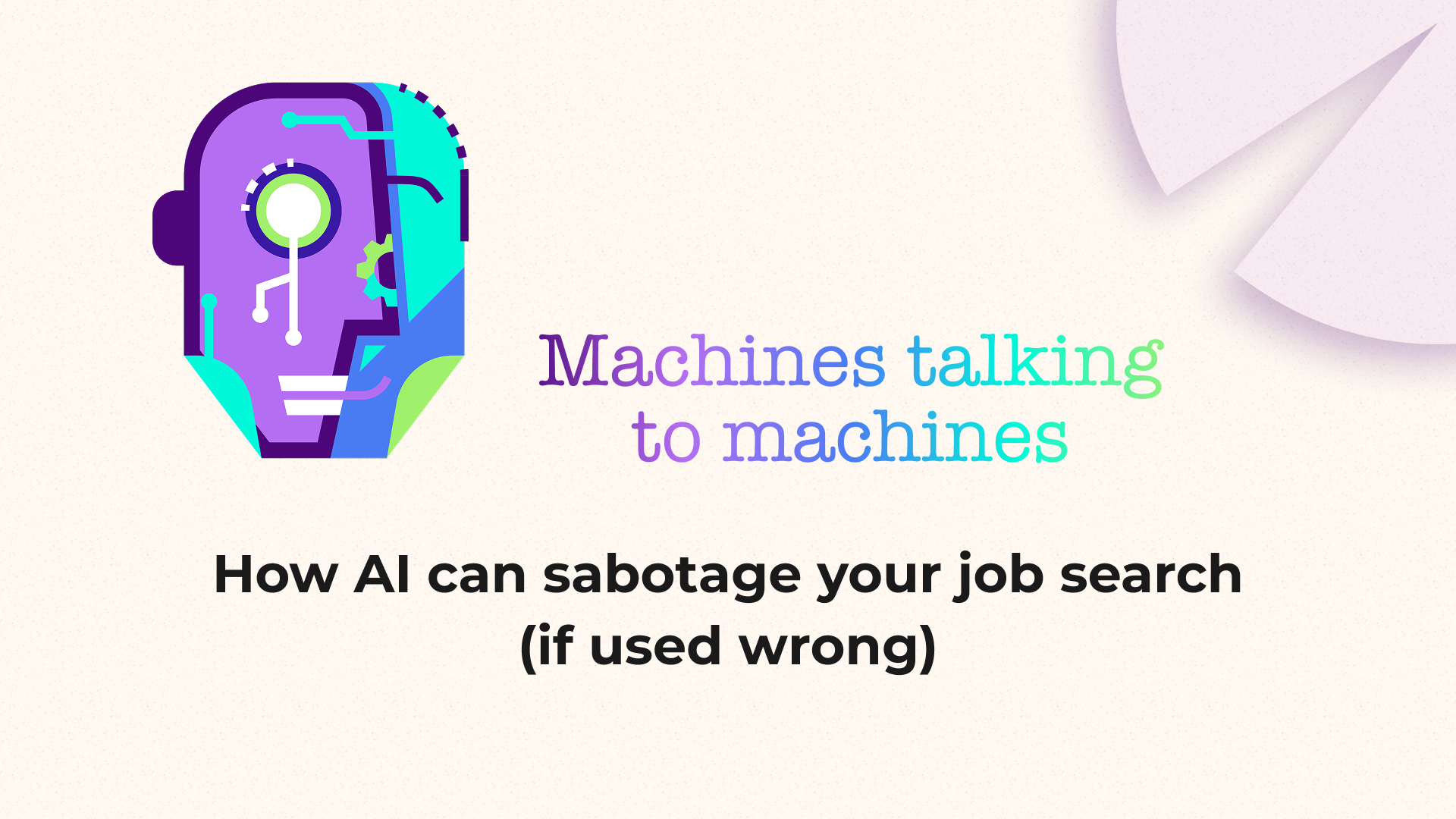
Machines talking to machines: how AI can sabotage your job search (if used wrong)
“Write me a cover letter to apply to [Company X] as [Role Y].”
“Make a resume using my LinkedIn profile.”
“Wow, for $30/month this software sends hundreds of applications for me. Surely I’ll get an interview!”
Sound familiar? Hopefully not.
Artificial intelligence has stormed into the job search world, bringing dozens of tools that promise to create your resume in seconds or send automated applications to hundreds of jobs. Tempting, right? But in reality, nothing could distance you further from landing a good job.
The real value of a resume comes from taking the time to think. Think about what you can do, how you’ve impacted previous workplaces, and how those experiences have shaped you. Everyone worries about ATS and the “perfect” template, but if that were enough, everyone would get hired immediately using the same format. Once you pass the minimum requirements that a resume must have, what truly matters is clarity, intent, and authenticity: who you are, what you contribute, and how you communicate it.
But with AI on the rise, it’s getting harder to take the time to think. Some people assume it’s smart to delegate their resume to AI because “it’s just a formality.” Even worse, they pay for tools that blast their resume to hundreds of job applications.
On the other side, companies are flooded with generic, low-quality applications. According to this Ars Technica analysis, AI-generated applications have increased submission volume by 45% on platforms like LinkedIn. Truly interested candidates get lost in the noise, while recruiters, overwhelmed by AI-cloned resumes, rely on AI to filter them.
In this article, you’ll learn:
- Why job searching is about quality, not quantity.
- Common mistakes when using ChatGPT or any AI product for your resume and how to avoid them.
- How to leverage AI to really create a powerful, personalized resume.
Why mass-submitting AI Resumes fails (Game Theory in job searching)
Imagine 100 candidates competing for the same job. Each has two options:
- Spend time crafting and tailoring their resume for each application. They apply to fewer jobs but with more intent.
- Use AI tools to send mass, generic applications. Submission volume rises, but many don’t actually fit the role.
If everyone chooses the thoughtful route, chances of being selected are similar across the board, thanks to applicants dispersion and personalized resumes standing out.
Now imagine one candidate “cheats” by mass-applying. Individually, it seems smart: a neatly structured resume without the effort. They trade quality for quantity, hoping to achieve the same result faster.
Soon, they realize their plan backfires. Many others do the same. The system floods with generic resumes, similar phrases, same structure, identical highlighted skills. Among all the “cheaters,” genuine candidates get buried: recruiters may receive up to 1,200 applications per role, with LinkedIn processing 11,000 applications per minute.
Everyone loses.
This scenario is a classic game theory problem: the Prisoner’s Dilemma, described by Albert Tucker in 1950. It’s a non-cooperative game where individually rational decisions produce collectively disastrous results.
Intentionality breaks the cycle: stand out with personalized, high-quality resumes
In job searching, each candidate acts alone but doesn’t play in isolation. Success favors those who observe the market and act with awareness of others’ decisions.
If companies value authenticity amidst the noise, respond intentionally. Treat your job search as a positive-sum game: candidates who personalize applications are the ones who truly stand out.
It’s not just theory. LinkedIn studies show candidates who customize their resume and cover letter triple their chances of being contacted compared to those sending generic versions.
Common mistakes when using ChatGPT or AI products for your resume
More and more tools promise “AI-generated resumes in minutes.” Don’t trust anyone offering something that blatantly goes against what you really need.
These tools, built on large language models (LLMs) like ChatGPT, generate text based on statistical patterns. They are generalists, not experts on you or resume writing; and it shows.
Recruiters reviewing hundreds of resumes daily develop a “radar” for AI-generated content: generic phrases, repetitive structures, buzzwords that say nothing. Authentic resumes with specific details and genuine voice immediately stand out.
Moreover, these tools require precise context to deliver quality results, something few users master: prompt engineering. To get real help from AI, you’d need to specify:
- What makes a resume truly effective.
- What the target company is seeking.
- What sets you apart from other candidates.
- The tone the document should convey.
- Which measurable achievements to highlight.
The reality is that most users type: “Make me a marketing resume from my LinkedIn profile” and get a soulless, interchangeable document. LLMs, lacking rich context, do exactly what they know: reproduce common patterns from their training data.
How to use AI effectively to improve (not create) your resume
AI isn’t for doing less, it’s for doing better. A blank page won’t magically produce a perfect resume, but AI can enhance what you’ve already crafted. Once you understand who you are and what you bring, AI can help improve your delivery.
3 Practical ways to use ChatGPT to boost your resume
Even without being a prompt engineering expert, you can assign AI specific, effective tasks that do not require to be an employability expert:
-
Organize your ideas
AI can turn scattered thoughts into a logical structure. For instance, if achievements are written as loose sentences, AI can suggest an order that highlights the most relevant first.
-
Enhance your narrative
Beyond grammar, AI can help you sound clearer, more concise, and professional. It can remove redundancies, strengthen action verbs, and polish style so every line counts.
-
Tailor your Resume for each job
AI can identify what kind of profile a company seeks from a job posting. You can then emphasize different achievements based on the role, industry, or most-searched keywords.
Conclusion: AI should amplify, not replace you
Over your lifetime, you’ll spend roughly 90,000 hours working (30–35 years). That’s a third of your life, or half of your waking hours.
Yet many people dedicate less time preparing job applications than choosing a phone or Netflix series.
The labor market is noisy, full of AI-generated clone applications. The ones who succeed will be those who use AI to amplify their voice, not replace it.
Your resume tells your story, and no one else can tell it for you. AI can help shape it, polish details, and highlight your best self, but your authenticity, intent, and strategy are irreplaceable.
When machines talk to machines, a human voice always stands out. Don’t trust tools promising a “perfect resume in one click”: they often leave you out. Use those that make you work a bit harder, but put you ahead.
Frequently Asked Questions (FAQs)
Can AI write my entire resume?
No, and you shouldn’t try. AI tools such as ChatGPT, Gemini, Grok, etc. can help structure your resume, polish writing, and highlight achievements; but your story, experience, and authenticity cannot be replaced. Fully AI-generated resumes are generic, easy to spot, and won’t get interviews.
What are the most common mistakes when using ChatGPT for resumes?
The biggest mistake is giving AI a blank page and expecting to get interviews with the result. Others include:
- Vague prompts like “make me a marketing resume”, producing superficial results.
- Not providing context on achievements, tone, or differentiators. Without it, AI reproduces clichés recruiters see daily.
How can I use AI to make my resume stand out?
Use AI as an ally, not a replacement. Three effective ways:
- Organize ideas: structure scattered achievements strategically.
- Enhance narrative and style: strengthen action verbs, remove redundancies, achieve a professional tone.
- Tailor your resume for each job: highlight relevant skills and achievements, using strategic keywords.
Do companies use AI to filter resumes?
Yes, many use ATS with AI to manage application volume, but humans still review them.
Which AI tools are best for improving my resume?
General AI tools like ChatGPT, Gemini, or Grok excel at specific tasks: structuring ideas or polishing writing. For advanced resume optimization, CandyCV AI specializes in resumes, offering suggestions and examples that really set you apart.
How do I demonstrate authenticity if I use AI for my resume?
Authenticity comes from your story, concrete achievements, and presentation. Using AI to structure and refine narrative is fine. Problems arise when AI writes the resume from scratch. Intentional, measurable, human-toned resumes always stand out against generic ones.
We're two product builders who care about quality, taste and doing things right. We want you to get that job you want, plain and simple. That's why we are building CandyCV to help you create a great resume and land a job for free. If you give us a try (and feedback!), we'll be forever grateful 😊
Alba Hornero
Co-founder and Employability Expert
As CandyCV’s co-founder and a former product lead in HR tech, I’ve built ATS tools, optimized hiring processes, and interviewed hundreds of recruiters. I personally write every post with the intention to provide real, high-impact job search advice that truly helps you land your next role.
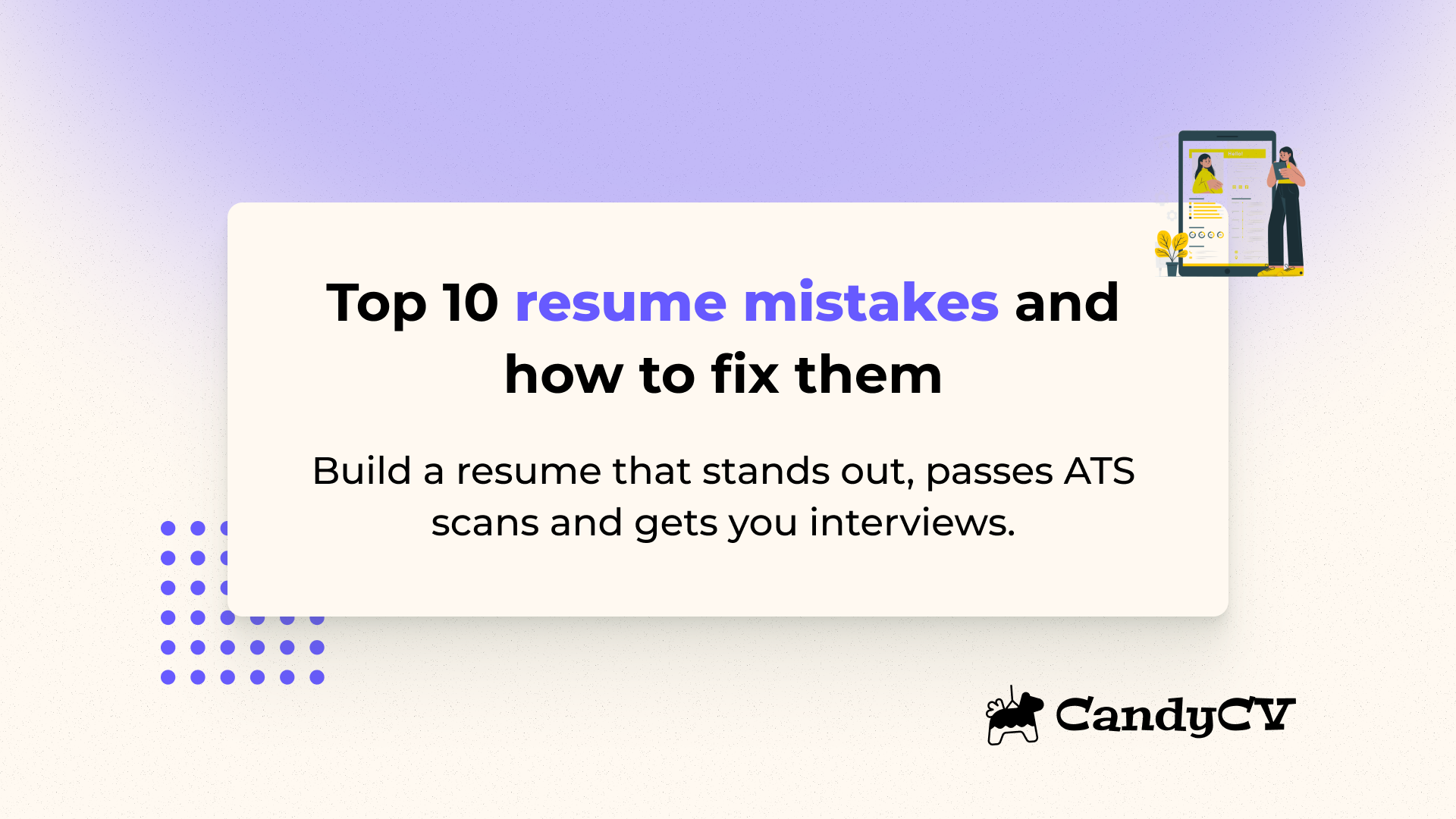
Top 10 common resume mistakes to avoid and how to fix them
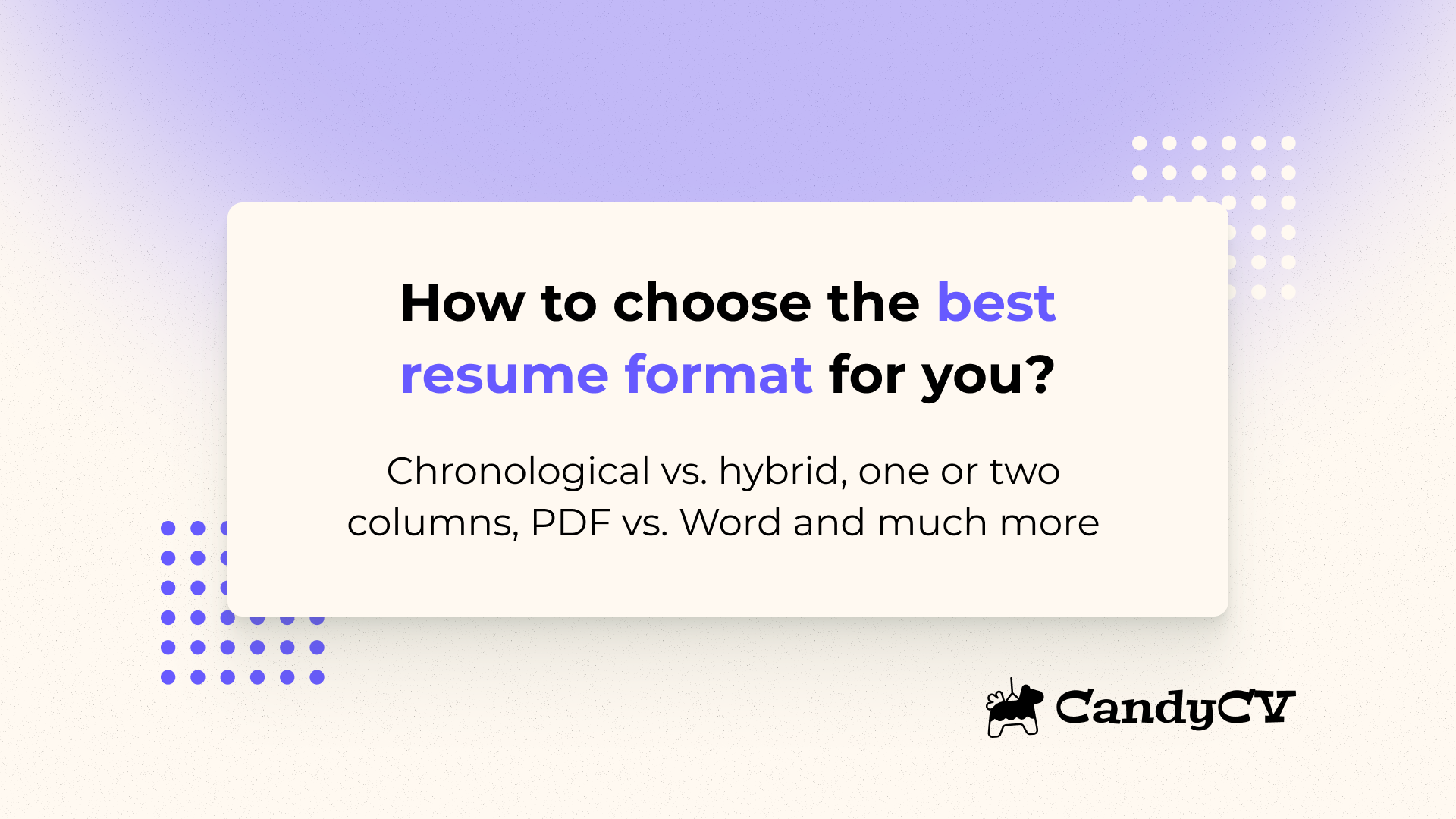
How to choose the best resume format for you
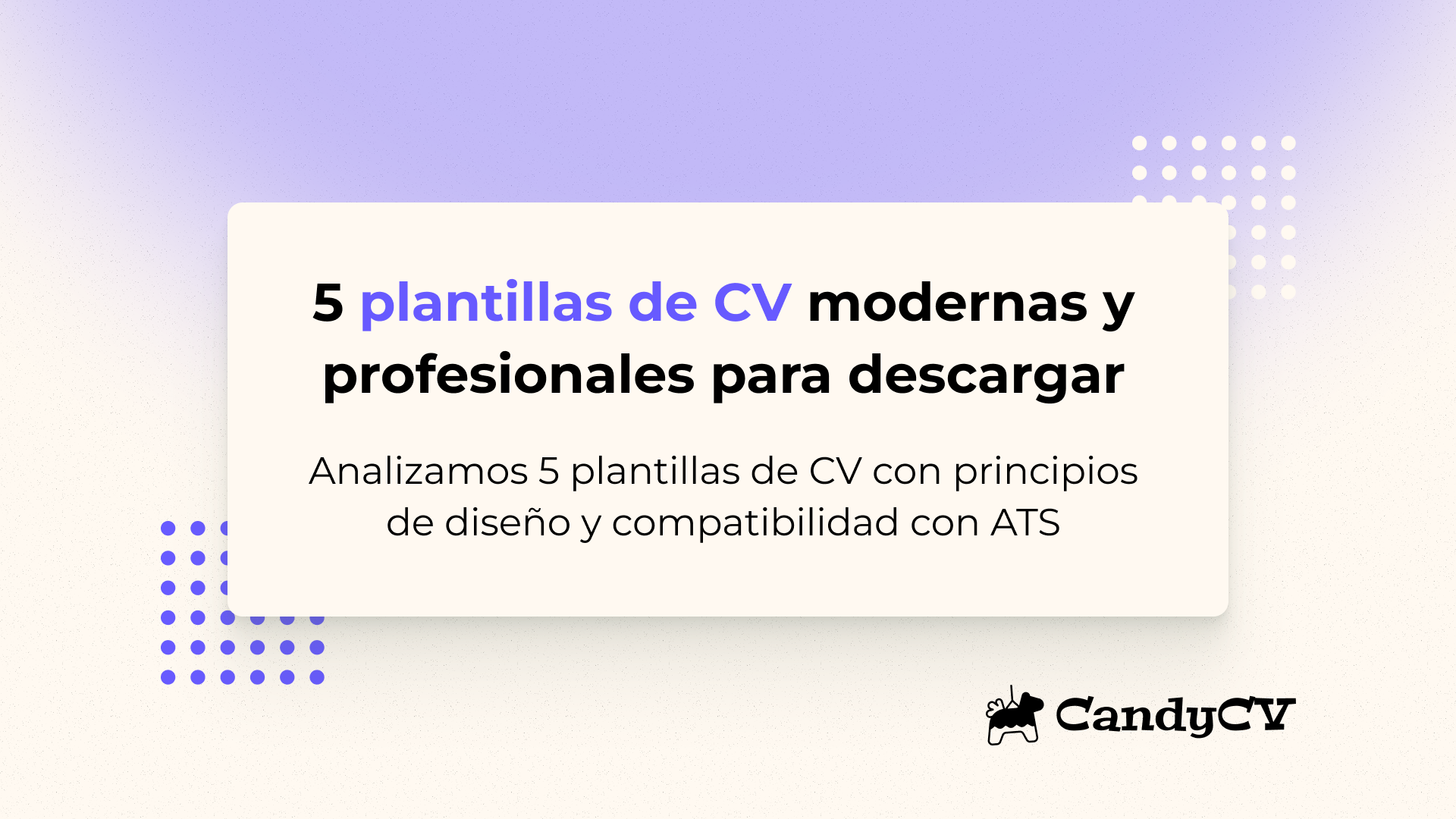
Download 5 free modern and ATS-friendly resume templates (design analysis)
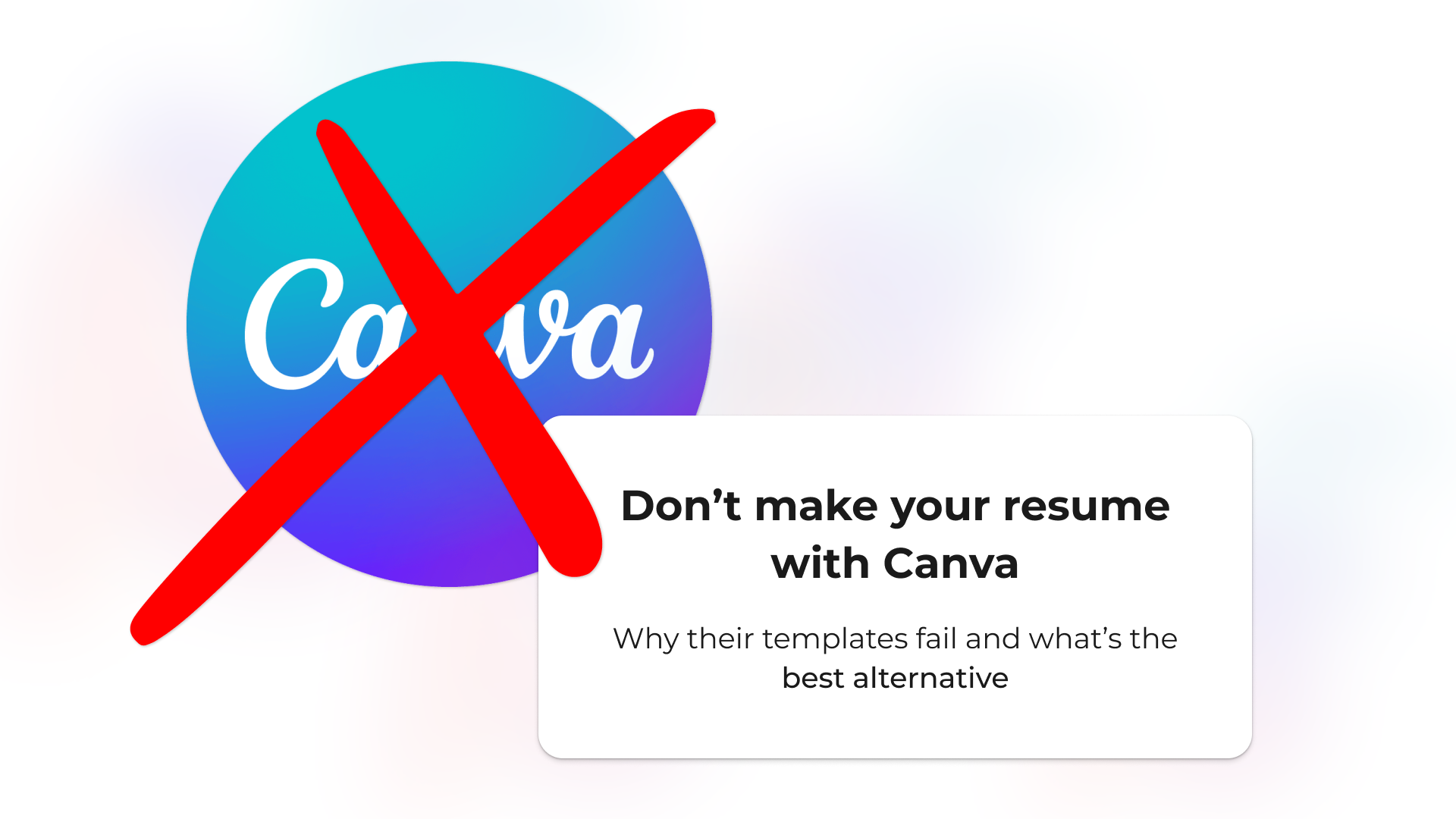
Don’t make your resume with Canva: why its templates fail and what to use instead
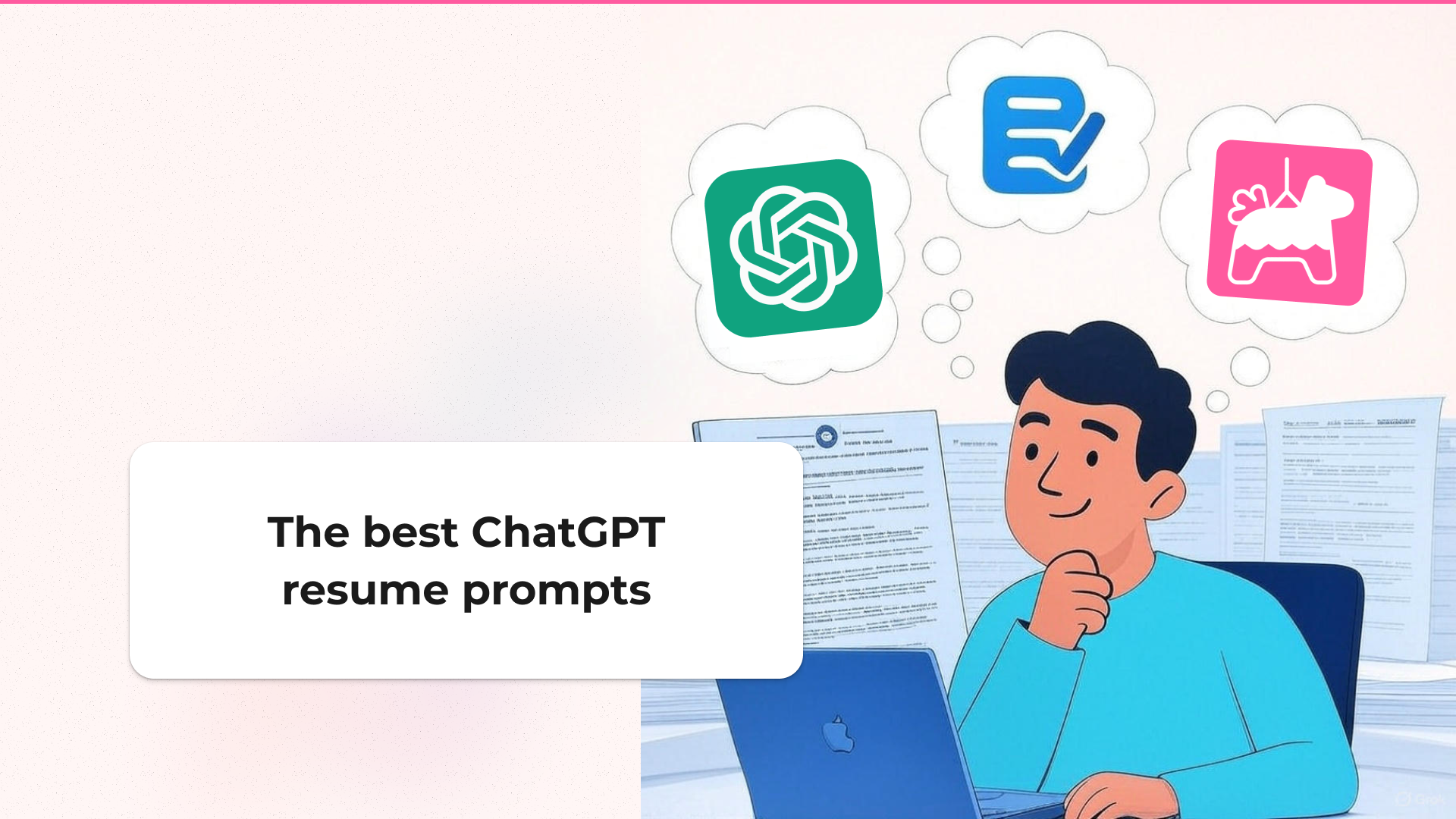
Best 3 ChatGPT prompts for your resume: use AI to get the job you want
